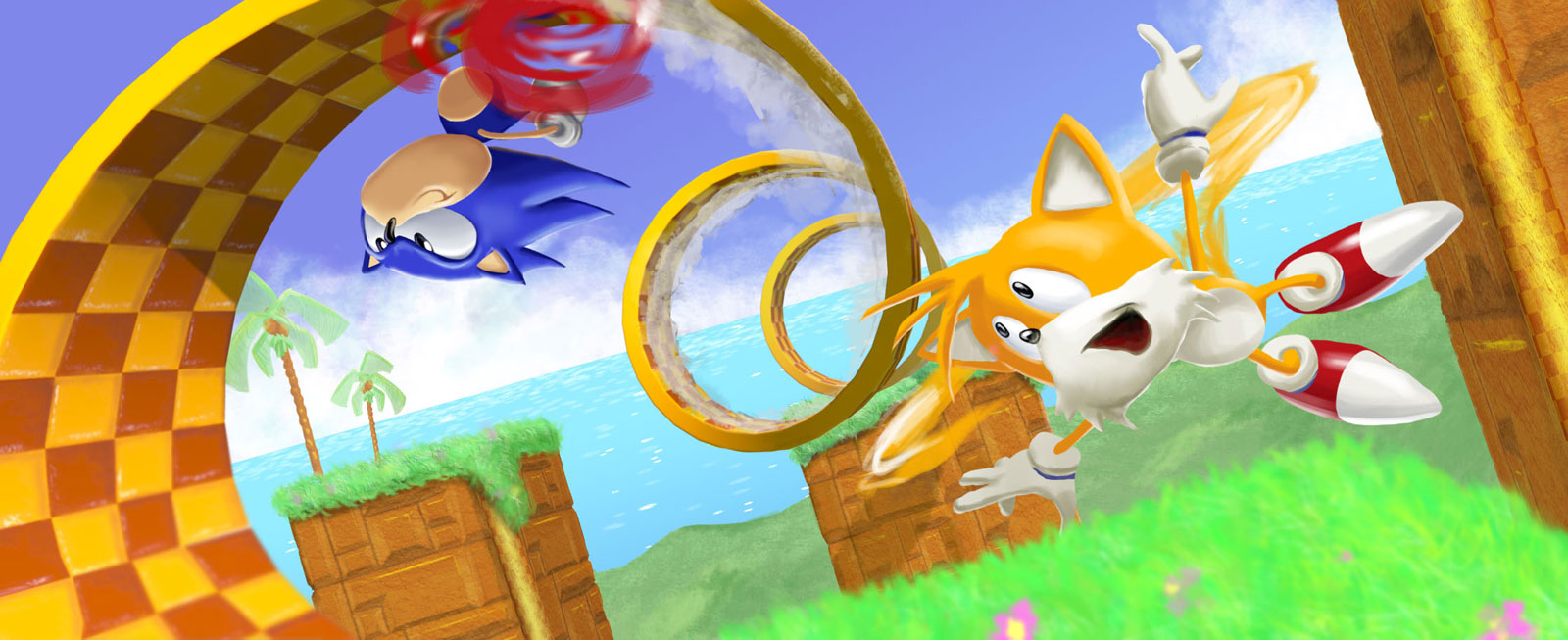
For newcomers, Ricky Earl is Zone: 0's own personal artist, providing depictions of each level that are then added to the relevant level page. Check out more on his blog.
As for me? Sadly I've been less productive on Zone: 0 matters. However, I have started Launch Base Zone and I really hope I can grab at least a couple of days over Christmas to further this progress. Act 1 is almost completely mapped, and I can confirm two versions of each act map for this level: original version and S3&K version. The amount of differences would make combining them into a single map very time consuming for me, and confusing for you, so I thought that the better option.
Comments 4 Comments have been posted.
#1. Comment posted by Andrew on Monday, 20th December 2010, 5:24am
#2. Comment posted by MoDaD on Friday, 24th December 2010, 10:05am
#3. Comment posted by Doreen on Saturday, 25th December 2010, 9:40pm
#4. Comment posted by Aleronpower on Tuesday, 25th January 2011, 11:16pm

